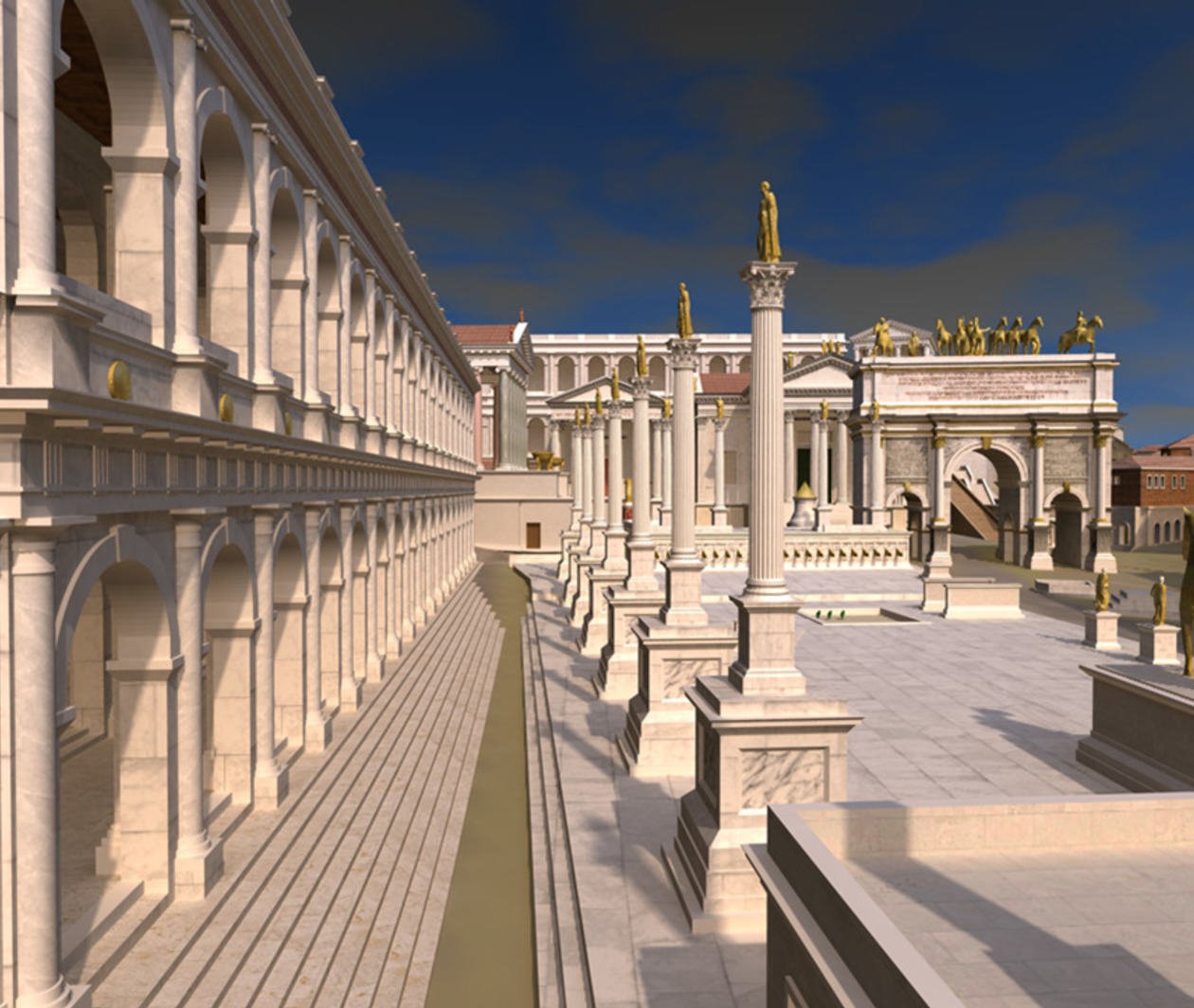Skip to 0 minutes and 6 seconds Welcome to the city of Rome. This beautiful city has been inhabited by humans for three millennia. And on this course, we’re going to be looking at Rome at its pomp, at its height about 2,000 years ago, when the emperors here ruled a vast swathe of territory from Hadrian’s Wall to the Nile Delta.
Skip to 0 minutes and 25 seconds You might well think of Rome as a city of monuments, the Colosseum, the Fora, the arches, the columns, these grand statements of power and wealth, the busy arterial roads, all those roads leading to Rome and from Rome. But while we’re doing that, we’re going to be looking at it as a working city, a living city, trying to tease out the evidence for those non-grand monuments, the aqueducts, the sewers, the street fountains, the apartment blocks, the warehouses, all the stuff that sustained the life of the city, that made possible that lovely veneer of grand monuments on the top.
Skip to 0 minutes and 56 seconds We’re going to be looking at a huge, 3D digital model of the ancient city that I have built over the last few years at the University of Reading for teaching my students. And by flying around this model or walking through it, we can get a glimpse or a sense of how the city may have appeared all those years ago.

